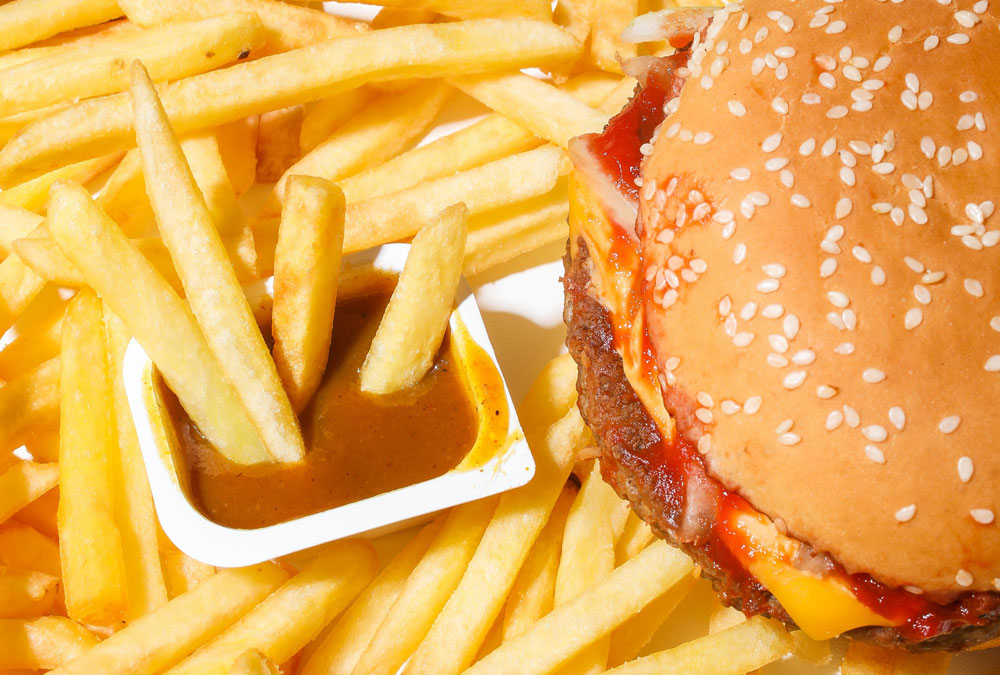Sodium…our beloved sodium☺️

We all crave it and love it!😊 it’s not complicated to understand why: sodium helps us to keep our food fresh and safe from spoilage. And our body needs it too. Salt, which is our principal source of sodium is the one most common mineral found in our everyday meals. Salt helps our muscles contract, sends nerve impulses throughout our bodies, and regulates fluid balance so we don’t become dehydrated.
What is sodium anyway?🤔
Sodium is a chemical element with the symbol Na and atomic number 11. It is the sixth most abundant element in the Earth’s crust and exists in numerous minerals such as feldspars, sodalite, and rock salt (NaCl).
Sodium is an essential element for all animals and some plants. Sodium ions are the major cation in the extracellular fluid (ECF) and as such are the major contributor to the ECF osmotic pressure and ECF compartment volume.
Salt and sodium are used interchangeably, but they’re different things. Salt is the chemical name for sodium chloride. It contains roughly 40 percent sodium, that’s why health authorities have urged us to consume little of it. As I mentioned earlier, we get most of our sodium intake by consuming salt, so too much would increase our daily sodium recommendation, therefore can elevate our blood pressure.
What is the daily sodium recommendation?

About 70% of the sodium we consumed in the U.S is from processed and restaurant foods. If you live in a different place where processed and restaurant food is a go-to to get your daily calories, you should watch out for your sodium intake.
That’s because most processed and restaurant food is chock full of sodium. One salt bagel Dunkin’ Donuts is 4,590 mg (1), one serving fried rice is 2,680 mg, or one package of Oscar Mayer Lunchables Deluxe Turkey and Ham with Swiss and Cheddar is 1,940 mg.
The sodium level in these examples can seem astronomical when you compared it to The 2015–2020 Dietary Guidelines’ 2,300 milligrams (mg) of sodium each day recommendation for Americans.

(credit: Polina Tankilevitch)
Because sodium is already in processed and restaurant foods, people are more likely to go over the daily recommended limit. A better idea is to reduce your consumption of processed food as much as you can and cook healthy food for yourself if you can. You should also be careful with the salt you add to your cooking food. One teaspoon of table salt is 2,300 mg. (2)
Downsizing our sodium intake to 1,500 mg daily would have major health benefits. A lower-sodium diet is good for people who are older, who are of African American descent, who have high blood pressure or diabetes, or whose blood pressure is gradually creeping upward.
High sodium intake and health risk
Our body needs a small amount of sodium to function, but most of us consume too much of this mineral. Research shows a strong relationship between the amount of salt consumed and raised levels of blood pressure.
When you get more sodium than what your body needs, your kidneys flush out the excess by making more, or saltier, urine. If the body fails to get rid of sodium, though, it accumulates in the fluid between cells. Sodium act like a magnet that attracts water, and as the volume of this fluid increases, so does the volume of blood. This chain reaction will affect the heart, which will now have to work harder putting more pressure on blood vessels. Over time, this can stiffen blood vessels and damage their lining, leading to blood clots, heart attack, stroke, or heart failure. It can also cause calcium losses, some of which may be pulled from bone.
Due to the fact that sodium can cause your body to retain water, it can also affect your body’s appearance by gaining more weight.
Which diet is better to reduce sodium intake?

If you are looking for a diet that can help you reduce your sodium consumption, you should consider the DASH diet. the Dietary Approaches to Stop Hypertension (DASH) is a diet rich in fruits, vegetables, low-fat dairy products, whole grains, beans, nuts, fish, and poultry.
The DASH diet plan was developed to lower blood pressure without medication in research sponsored by the National Institutes of Health.
There are two versions of the DASH diet, which are:
- Standard DASH diet. You can consume up to 2,300 milligrams (mg) of sodium a day.
- Lower sodium DASH diet. You can consume up to 1,500 mg of sodium a day.
Both versions of the DASH diet aim to reduce the amount of sodium in your diet compared with what you might get in a typical American diet, which can amount to a whopping 3,400 mg of sodium a day or more.
Here’s at a glance a look at the recommended servings from each food group for the 2,000-calorie-a-day DASH diet.
- Grains: 6 to 8 servings a day. (example, bread, cereal, rice, pasta…)
- Vegetables: 4 to 5 servings a day. (example, tomatoes, carrots, broccoli, sweet potatoes, greens, and other vegetables)
- Fruits: 4 to 5 servings a day. ( example, bananas, oranges, coconut…)
- Dairy: 2 to 3 servings a day. (example, Milk, yogurt, cheese and other)
- Lean meat, poultry, and fish: 6 one-ounce servings or fewer a day
- Nuts, seeds, and legumes: 4 to 5 servings a week. (example, almonds, sunflower seeds, kidney beans, …)
- Fats and oils: 2 to 3 servings a day
- Sweets: 5 servings or fewer a week. (example, tablespoon sugar, jelly, or jam…)

Leave a comment